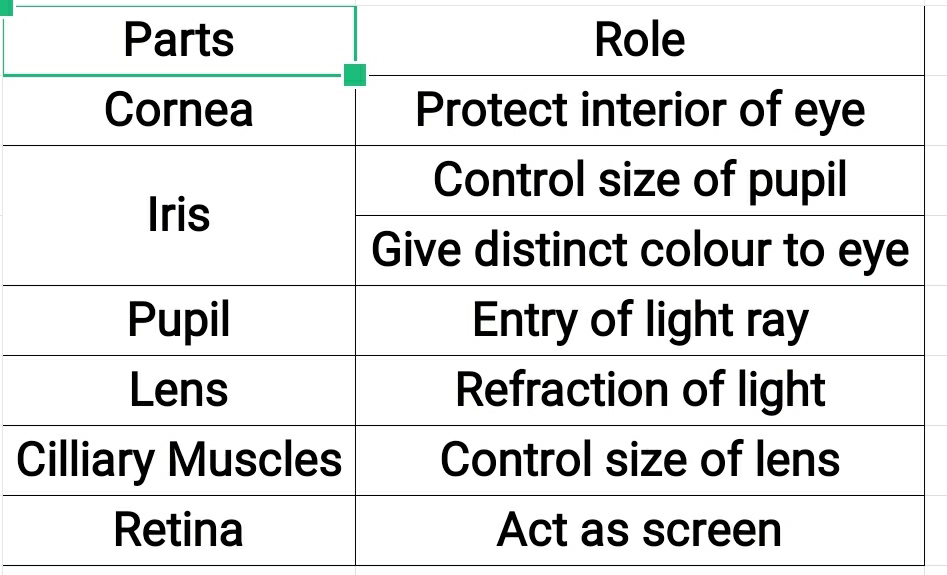Fibre to Fabric NCERT CBSE Class 7 Science Chapter 3 Summary Note
Fibre to Fabric
*Fibre- Very thin thread.
- Thread is prepared from it.
- Examples- Cotton, wool etc.,
*Fleece- Hair on body of animals is called
fleece.
- It keeps body of animals warm.
* Role of fleece
- Fleece traps air in it.
- Air is poor conductor of heat.
- Air doesn't allow heat to lose out.
Hence, body of animals remain warm.
* Types of fibres-
(a) Natural fibres- Cotton, Jute, Silk, Wool.
(b) Synthetic or Artificial fibre- Rayon,
tericot, Nylon etc.,
* Types of natural fibres-
(a) Plant fibre- Cotton, Jute
(b) Animal fibre- Silk, Wool.
*Selective breeding-
Selection of parents to get special
characters in offspring, is called
selective breeding.
* Rearing-
The practice of giving shelter, food and
medical care to animal, is called rearing.
* Breeding-
The process of giving birth to young ones,
is called breeding.
* Processing fibre into wool
Following steps are done to process
fibre into wool-
(a) Shearing-
Removal of fleece from animal body.
(b) Scouring-
-Washing sheared fleece.
- Dust and dirts are removed.
(c) Sorting-
Arranging fibre according to size and
texture.
(d) Separation of burrs-
Removal of small fluffy fibres(burrs) .
(e) Dying-
Applying colours to fibres.
(f) Spinning-
Preparation of wool thread from wool fibre.
* Sericulture-
-Rearing of silkworm
- to get silk from silkworm,
is called sericulture.
* Life cycle of Silkworm
Silkmoth ----------> Eggs ------>
Larvae/Caterpillar/Silkworm ----> Pupa
Pupa ----> Pupa in cocoon ---> Silkmoth
* Caterpillar or Silkworm-
- Larvae of silkmoth.
- Hatched out from eggs.
* Pupa -
- Fully grown caterpillar.
- it form a cover called cocoon.
* The most common silkmoth is-
Mulberry silkmoth.
* Reeling of Silk-
-The process of taking out threads
from the cocoon for use as silk is
called reeling the silk.
* Silk fibres are spun into silk thread.
Silk threads are woven into silk cloth.

Comments
Post a Comment